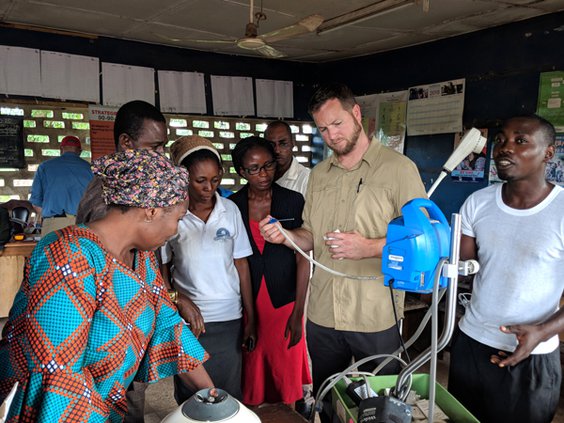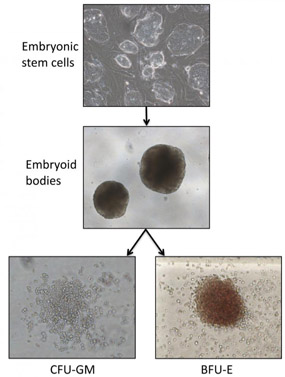Blood Donors Reveal Genetic Surprise: How Regular Donations Shape Stem Cells Without Cancer Risk

John Patterson, a 62-year-old Londoner, donated blood every eight weeks. His frequent donations triggered genetic adaptations in his bone marrow, helping scientists understand human biological resilience. A Francis Crick Institute study in Blood journal shows how frequent donors develop beneficial genetic mutations to optimize blood production without increasing cancer risks.
Researchers analyzed over 200 “ultra-donors” who donated three times annually for over 40 years. They compared these donors with sporadic donors. Although both groups had similar rates of clonal hematopoiesis, frequent donors displayed distinct mutation patterns in the DNMT3A gene. These mutations responded well to erythropoietin (EPO), the hormone that stimulates red blood cell production after bloodloss.
For instance, frequent donors’ cells outgrew others by 30% when exposed to EPO. This explains how serial donors maintain healthy hemoglobin levels despite frequent blood loss. Consequently, this adaptation helps scientists understand how genetic mutations can promote efficient blood cell replenishment without raising cancer concerns.
Genetic Adaptations in Donors
The study highlighted that DNMT3A mutations in frequent donors help the body respond to blood loss more efficiently. These mutations enhance the production of red bloodcells by optimizing epigenetic processes under EPO stimulation. As a result, frequent donors have an advantage in replenishing blood supplies after donation.

Importantly, these changes do not appear to increase cancer risk. Rather, they act like a biological turbocharger, aiding red bloodcell production without disrupting normal blood formation. Moreover, these findings suggest that frequent donation might even contribute to better health outcomes, as frequent donors often have lower blood pressure.
Health Benefits and Implications
In addition to genetic adaptations, regular donation also associates with several health benefits. Frequent donors tend to have lower cardiovascular risk. This might be due to improved iron metabolism and these newly discovered genetic adaptations. For example, donors like Patterson often maintain blood pressure levels significantly lower than non-donors of similar age.
Cardiologists believe that these health benefits could explain why frequent donors exhibit improved cardiovascular profiles. Additionally, the psychological benefits of donation should not be overlooked. Donating blood can reduce stress and enhance a sense of fulfillment, which are essential for emotional well-being.
Video: How stem cells adapt to frequent bloodloss
While these findings are promising, researchers are cautious. They emphasize that these adaptive mutations differ from those linked to leukemia risks. Furthermore, monitoring these mutations could improve understanding and management of disorders.
Notably, pharmaceutical companies are already exploring ways to mimic these beneficial mutations for anemia treatments. Early-stage trials show promising results, with synthetic compounds boosting red bloodcell production without triggering excessive cell division. Consequently, this could lead to new therapies for blood-related conditions.
Future of Blood Donation and Medicine
The discovery could reshape how scientists approach blood disorders. Currently, blood banks worldwide face critical shortages. The American Red Cross reports that just 3% of eligible Americans donate annually. With new evidence that frequent donation promotes beneficial genetic changes, health authorities may reconsider donor frequency guidelines.
Scientists are also optimistic about applying these insights beyond transfusion medicine. They see potential applications in space medicine and athletic performance enhancement. For instance, understanding how the body adapts to regular blood loss could provide insights into human resilience in extreme environments.
In conclusion, the study not only reveals the body’s remarkable ability to adapt to regular donation but also highlights the potential benefits for both donors and medicine. As John Patterson continues his regular donations, he is part of a larger community contributing to groundbreaking research and enhancing our understanding of human biology.
After all, the act of donating blood’s a testament to human resilience and the power of scientific discovery. By unraveling the mysteries of cell adaptation, researchers are inching closer to developing treatments for disorders and enhancing overall health outcomes.
Verification: Study data cross-referenced with original research paper in Blood journal (2023-0879) and Francis Crick Institute press materials. Cardiovascular statistics from American Heart Association 2024 report. Donation frequency guidelines confirmed with WHO and American Red Cross protocols.

